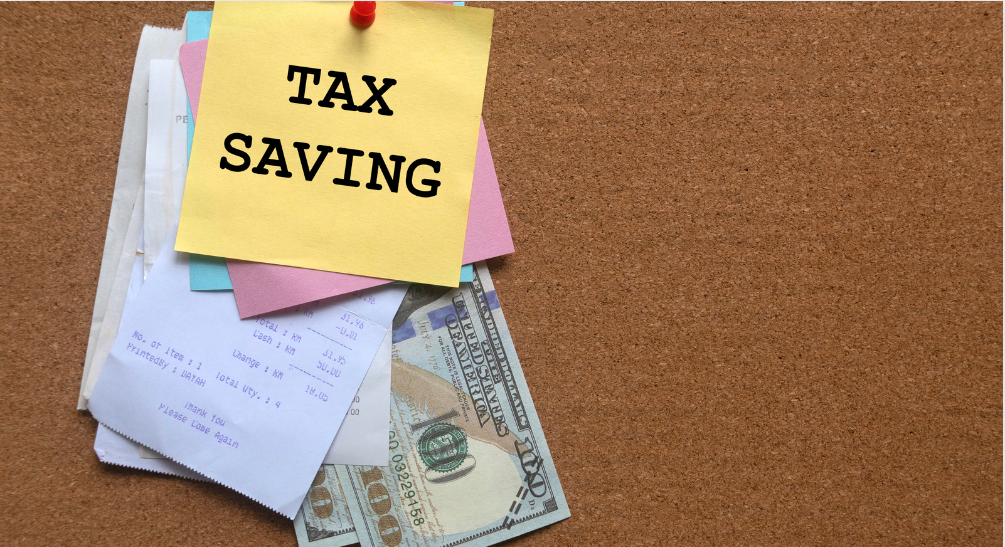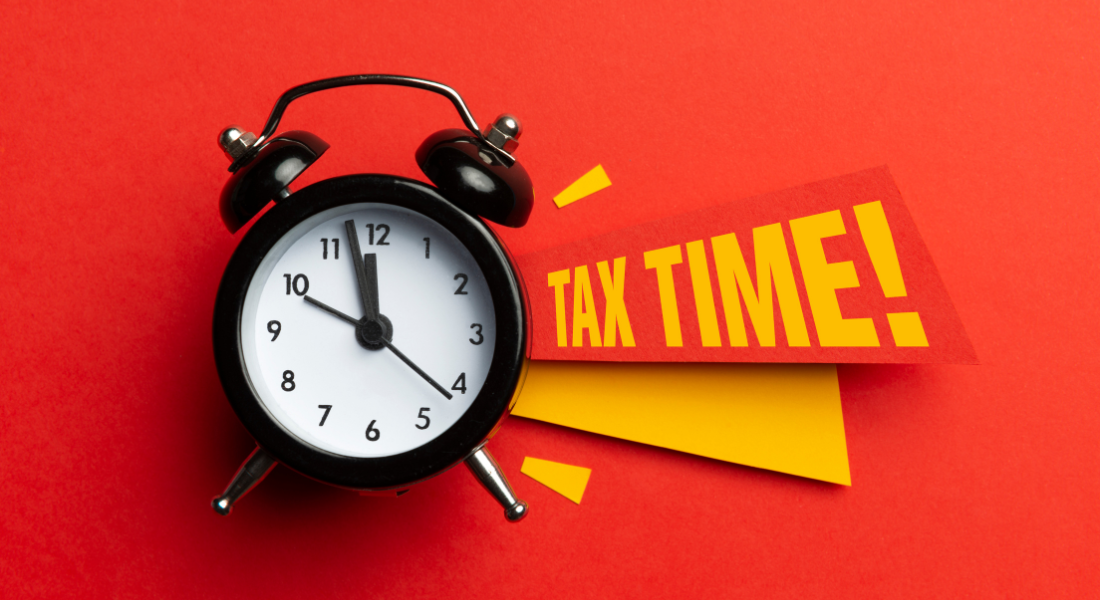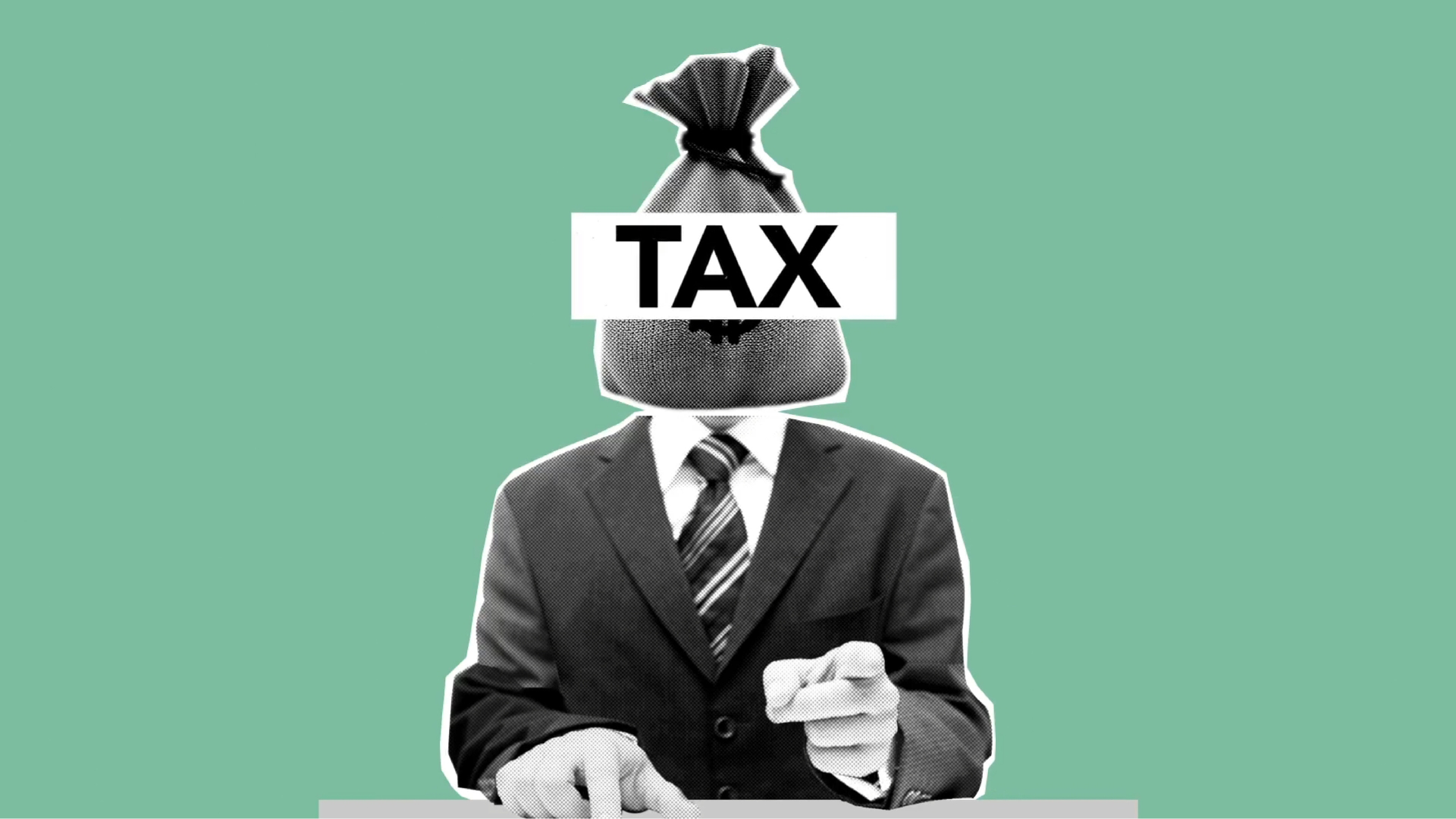Hidden Gems in the Consolidated Appropriations Act of 2021
The new law includes several headline provisions—the $600 per person stimulus payment, expansion of the Paycheck Protection Program (PPP) loans, and extended unemployment benefits—that have been well covered in the general press. But beyond these are many extenders, some esoteric provisions, and a few hidden gems amongst everything else.
The extender provisions include five-year extensions for the Work Opportunity, New Markets, and Empowerment Zone credits, as well the ability of employees to exclude up to $5,250 of student loans paid by the employer. The esoteric provisions include tax reductions for wine, liquor, spirits, and beer. And the final “everything else” category includes the following buried treasures.
Employee Retention Credit
The Employee Retention Credit was often forgotten in the original Coronavirus Aid, Relief, and Economic Security (CARES) Act. With the changes in the CAA, employers can receive a bigger payroll tax credit for keeping employees on the payroll.
This is now a 70% credit on up to $10,000 of qualified wages per employee, per quarter, through June 30, 2021. Thus, qualified employers can claim up to $14,000 credit per employee in 2021.
The Employee Retention Credit applies to employers with up to 500 employees. Note that this is a refundable rpayroll tax credit offsetting the employer’s portion of payroll taxes; if these credits exceed payroll taxes, employers can receive a refund.
To qualify, an employer’s gross receipts for the first two 2021 calendar quarters must be at least 20% less than the corresponding 2019 quarter. Alternatively, employers can elect to use the prior quarter’s gross receipts to qualify.
There are various complexities and unanswered questions about how the Employee Retention Credit will impact other wage-based credits in the tax law. Preparers should be alert for further guidance from the IRS and Treasury; a thorough analysis needs to be conducted with each taxpayer’s facts and circumstances before deciding how to best utilize all available credits.
PPP Loans and Expense Deduction
The new law clarifies that business expenses paid with forgiven PPP loans are tax deductible.
IRC Section 179D Made Permanent
The IRC section 179D deduction has been made permanent, representing a significant opportunity for architects, engineers, and contractors. This deduction (up to $1.80 per square foot) applies if these professionals are encouraging the green, energy-efficient design of public buildings. This includes improvements to the building envelope, lighting, heating, cooling, ventilation, and hot water systems.
Although the architect, engineer, or contractor doesn’t own the public building, they could be allocated what resembles a free deduction from the government entity. Because it is calculated based on square footage, a large high school, elementary school, or public library could yield a sizable deduction to the architect, engineer, or contractor. This concept also applies to owners of commercial buildings. IRC section 179D encourages energy-efficient designs while reducing energy costs for all.
Meal Deduction
The 100% deduction for business food and beverage has returned for 2021 and 2022. This includes carry-out and delivery meals.
Charitable Contributions
The law increases the non-itemized, above-the-line deduction for cash charitable contributions to $300 ($600 for married taxpayers filing jointly).
Relief for FSA
Historically, the “use it or lose it” rule has required employees to spend money in their flexible spending account (FSA) for health or dependent care by year end. The old rules did allow a carryover of unused funds of $560 to 2021.
When daycare providers shuttered last year due to COVID-19–mandated closures, many taxpayers frantically wondered if the money set aside in their dependent care FSAs would be lost. A hidden gem in the CAA eliminates the healthcare and dependent care carryover limit. Employees may now carry over any unused amount from either the 2020 or 2021 plan year to the next year.
The Takeaway
Buried within the 5,593 pages of the CAA are many other provisions that will need to be discovered, understood, and put to use. Tax professionals need to be prepared to read and find more hidden gems that could help their clients.
Contact us today, at Cartier CPA's our goal is to provide clients with the highest level of respect and quality of service.










